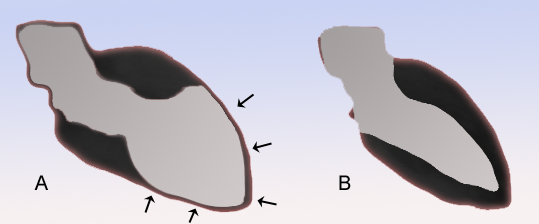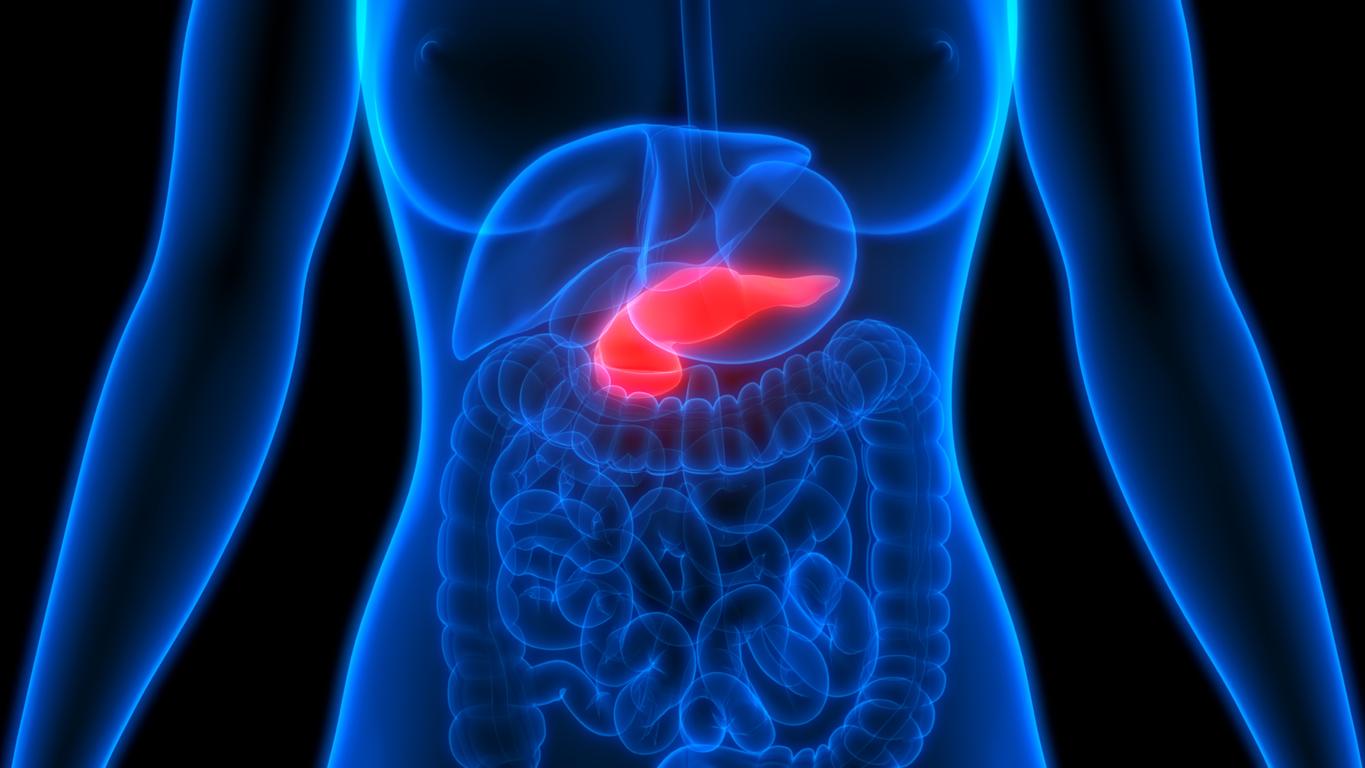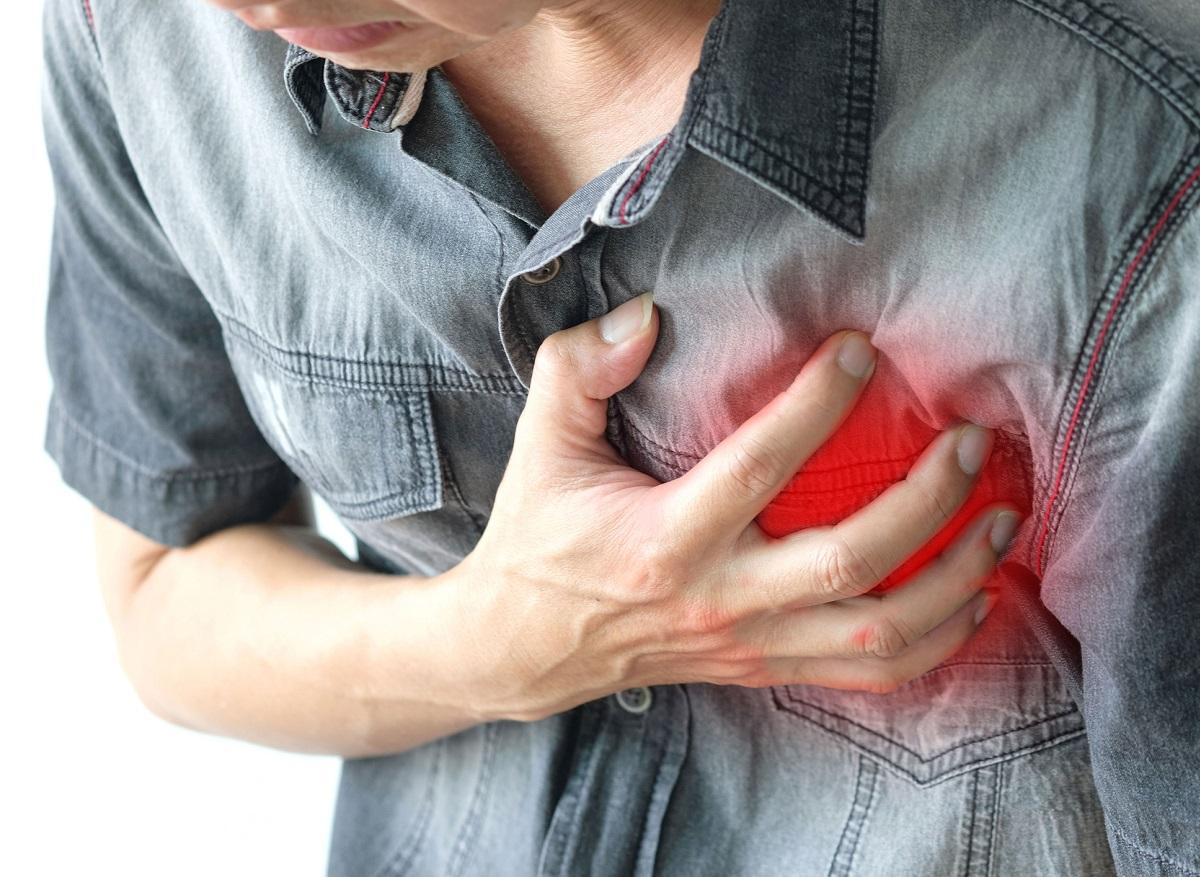After an episode of tako-tsubo, sequelae persist for at least several months. Scars even appear on the heart muscle.

Between 1 and 2% of people admitted to hospital with suspected myocardial infarction actually suffer from tako-tsubo. Also called broken heart syndrome, this heart condition normalizes after treatment. In any case, this is what the doctors thought until now.
People who have suffered from an episode of tako-tsubo indeed have a vital prognosis comparable to those of patients suffering from a chronic cardiac pathology, without it being possible to explain it. But a study by the University of Aberdeen (Scotland) provides some answers.
Long term effects
By studying 52 patients, with an average age of 66, victims of tako-tsubo, the researchers identified several sequelae. The temporal alterations in the contraction of the heart that are seen during episodes persist for at least four months, long after blood flow is restored.
More worrying for the longer-term effects, they also detected the presence of fibrosis, that is to say changes in the heart muscle, four months after the attack.
“Until now, we believed that people with tako-tsubo made a full recovery without medical intervention,” explains Dr. Dana Dawson, one of the study’s authors, published in the Journal of the american society of echocardiography. We have shown that this disease actually has persistent deleterious effects on the hearts of these patients. “
One in 23 cases
Broken heart syndrome, described in 1990, causes certain areas of the heart muscle to weaken. The morphology of the heart changes to resemble some kind of amphora, or an octopus trap – in Japanese, tako-tsubo.

On the left the “broken” heart, with the typical amphora shape (Wikipedia)
It primarily affects women (about 90% of patients), especially after menopause. As its name suggests, it comes after an emotional shock, most of the time negative (death of a loved one, for example), but also sometimes positive.
It is fatal in 3.7% of cases. By way of comparison, myocardial infarctions, the symptoms of which are often confused, lead to death in 5.3% of cases.
.















